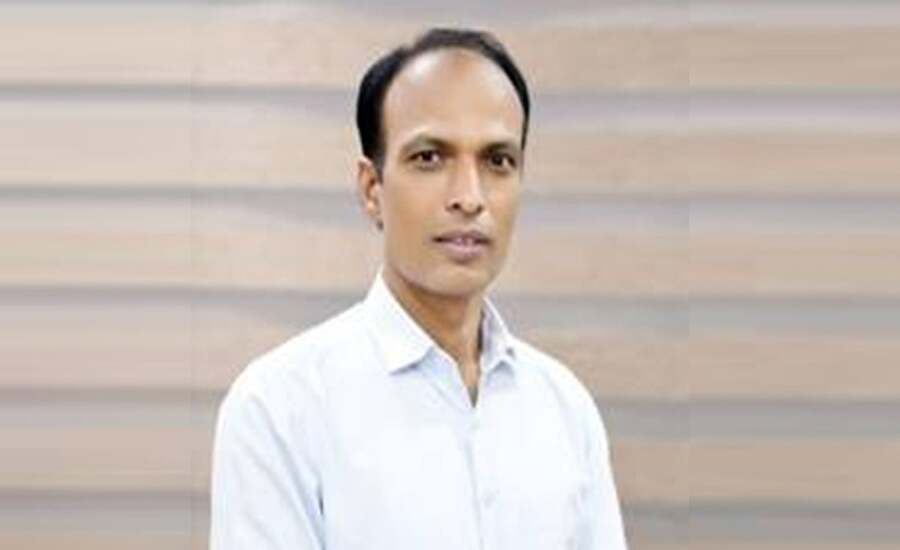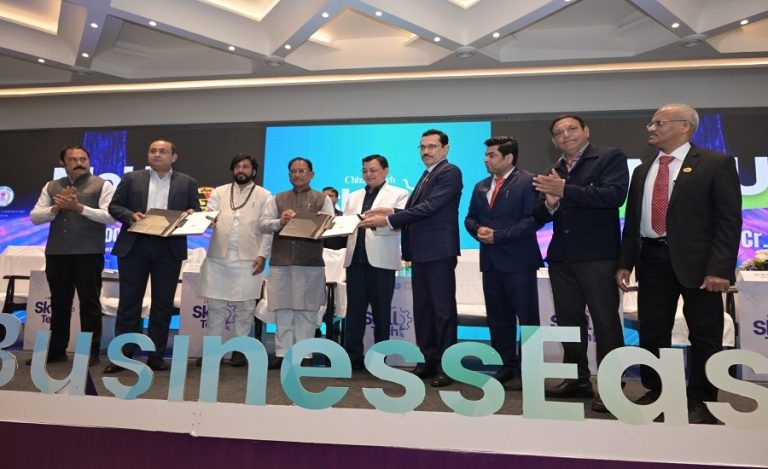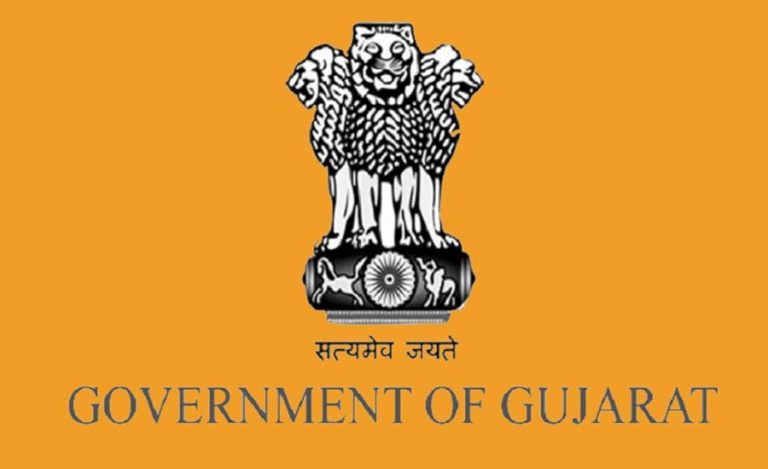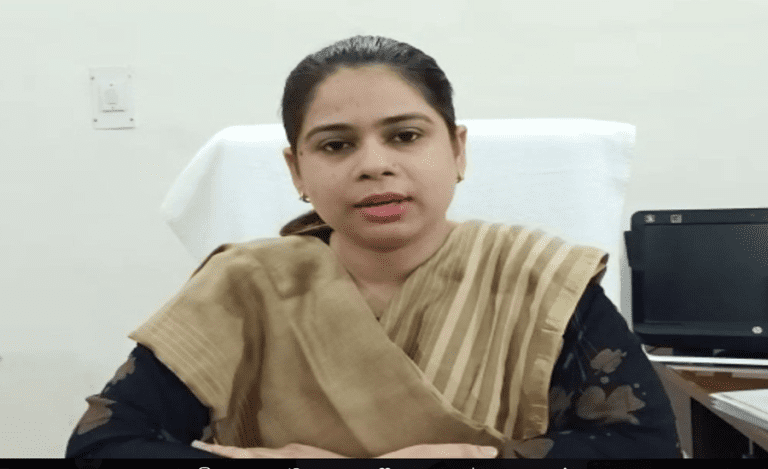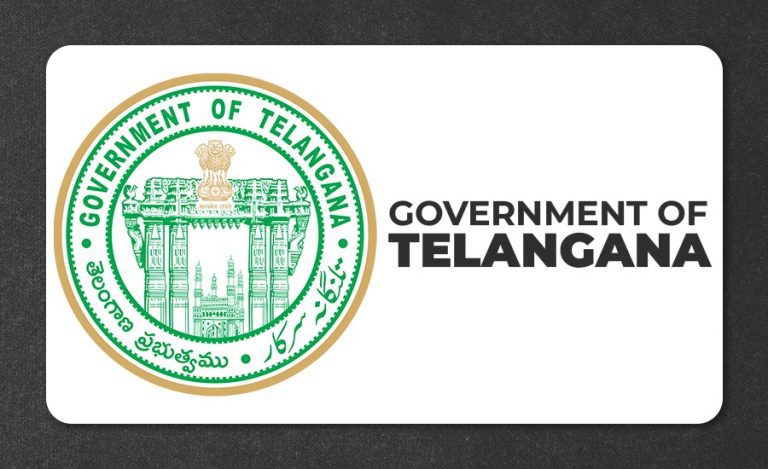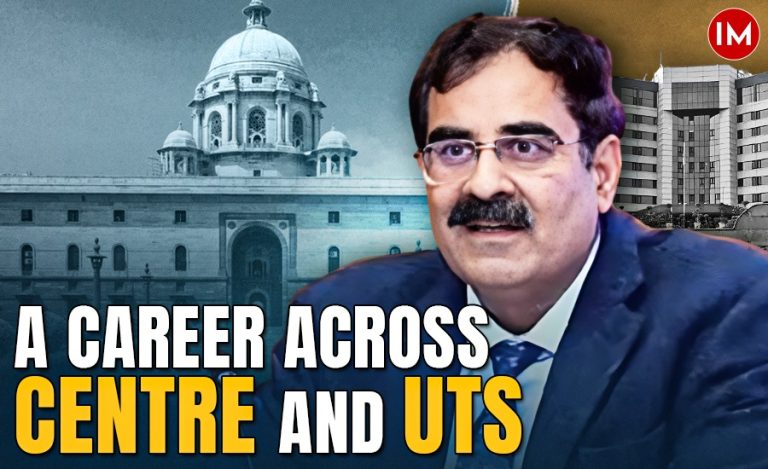New Delhi: On 23 October 2025, the central government appointed IAS Tarun Kumar Pithode 2009 batch, Madhya Pradesh cadre as the full-time Member-Secretary of the Commission for Air Quality Management (CAQM) in the Delhi-NCR region.
His tenure is set for five years — up to 8 September 2029 or until further orders, whichever is earlier. This move signals a renewed thrust in India’s fight against urban air-pollution challenges.
Who is Tarun Kumar Pithode?
Tarun Kumar Pithode is an IAS officer of 2009 batch of Madhya Pradesh cadre. At present, he is the Member Secretary of the Commission for Air Quality Management under the Ministry of Environment, Forest and Climate Change.
He holds a Bachelor’s degree in Communication Engineering and Electronics and was recently the Member Secretary at NCR & Adjoining Areas, New Delhi. Pithode has an excellent understanding of environment governance and air quality management resources.
Why This Appointment Matters
CAQM is the statutory body tasked with overseeing air-quality management in the Delhi-NCR region and adjoining areas.
It is empowered to coordinate research, monitor trends and invoke curbs under its Graded Response Action Plan (GRAP) when air-quality indices deteriorate.
With pollution surges and smog alerts becoming recurring challenges in NCR, the new leadership comes at a pivotal time — and could influence how swiftly and effectively anti-pollution measures are implemented.
Mandate & Immediate Actions
Under his leadership, CAQM is expected to:
- Coordinate across states and multiple agencies in NCR for air-quality control
- Activate GRAP measures (Stage I/II/III) when needed
- Drive research and monitoring frameworks for the Air Quality Index (AQI)
- Ensure compliance with emission standards and policy interventions
These tasks are significant because NCR’s air-quality situation is complex, involving emissions from vehicular traffic, industry, crop-burning in nearby states and meteorological factors.
Air-Quality Challenges in Delhi-NCR
Delhi and its surrounding regions have for years struggled with hazardous air quality episodes. The implementation of GRAP measures — such as banning diesel vehicles, stopping construction activities, and restricting coal-fired units — has become a key tool. CAQM’s role has been instrumental in triggering these curbs.
The appointment of a seasoned administrator like Mr. Pithode reflects recognition of the scale and urgency of the problem.
Key Goals Under the New Leadership
With Tarun Kumar Pithode at the helm, CAQM aims to:
1. Strengthen inter-state collaboration to combat air pollution
2. Expand real-time air monitoring networks
3. Roll out stricter industrial emission controls
4. Promote public awareness on environmental protection
What This Signals for the Future
Stronger enforcement: The leadership change may bring sharper compliance and faster decision-making.
Research-driven approach: With Mr. Pithode’s environmental portfolio background, CAQM may ramp up data-led monitoring and enforcement.
Inter-state coordination: NCR air-quality is impacted by activities across neighbouring states; CAQM’s mandate includes such coordination.
Public-and-policy focus: Heightened visibility of CAQM may lead to more public awareness and policy interventions around emissions.
Challenges Ahead
Even with strong leadership, CAQM faces several hurdles:
- Institutional coordination across states and agencies
- Translating policy decisions into ground-level impact quickly
- Balancing industrial and urban development with environmental safeguards
- Sustaining public interest and political will in cleaner air beyond episodic crises

